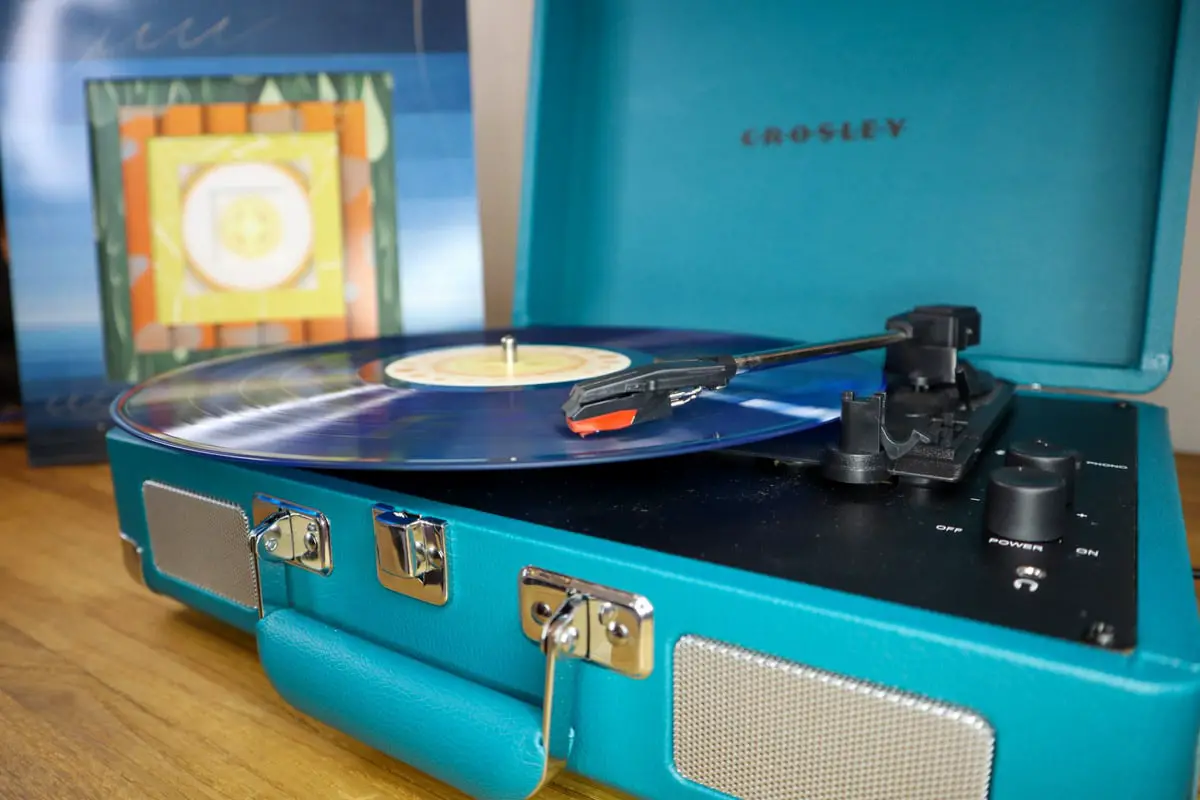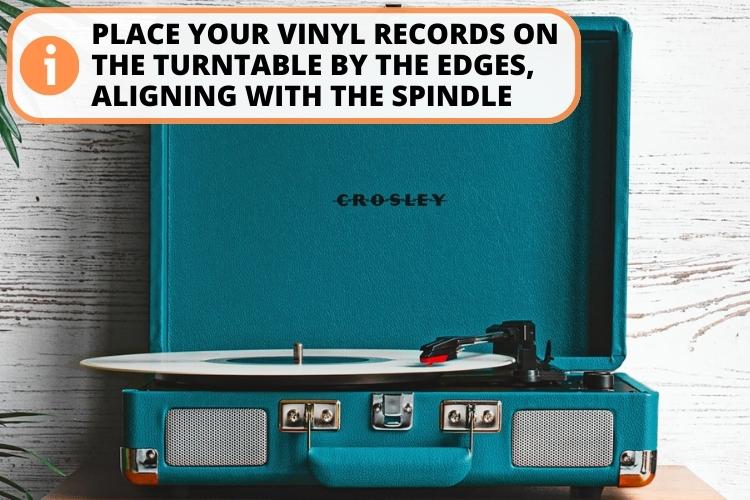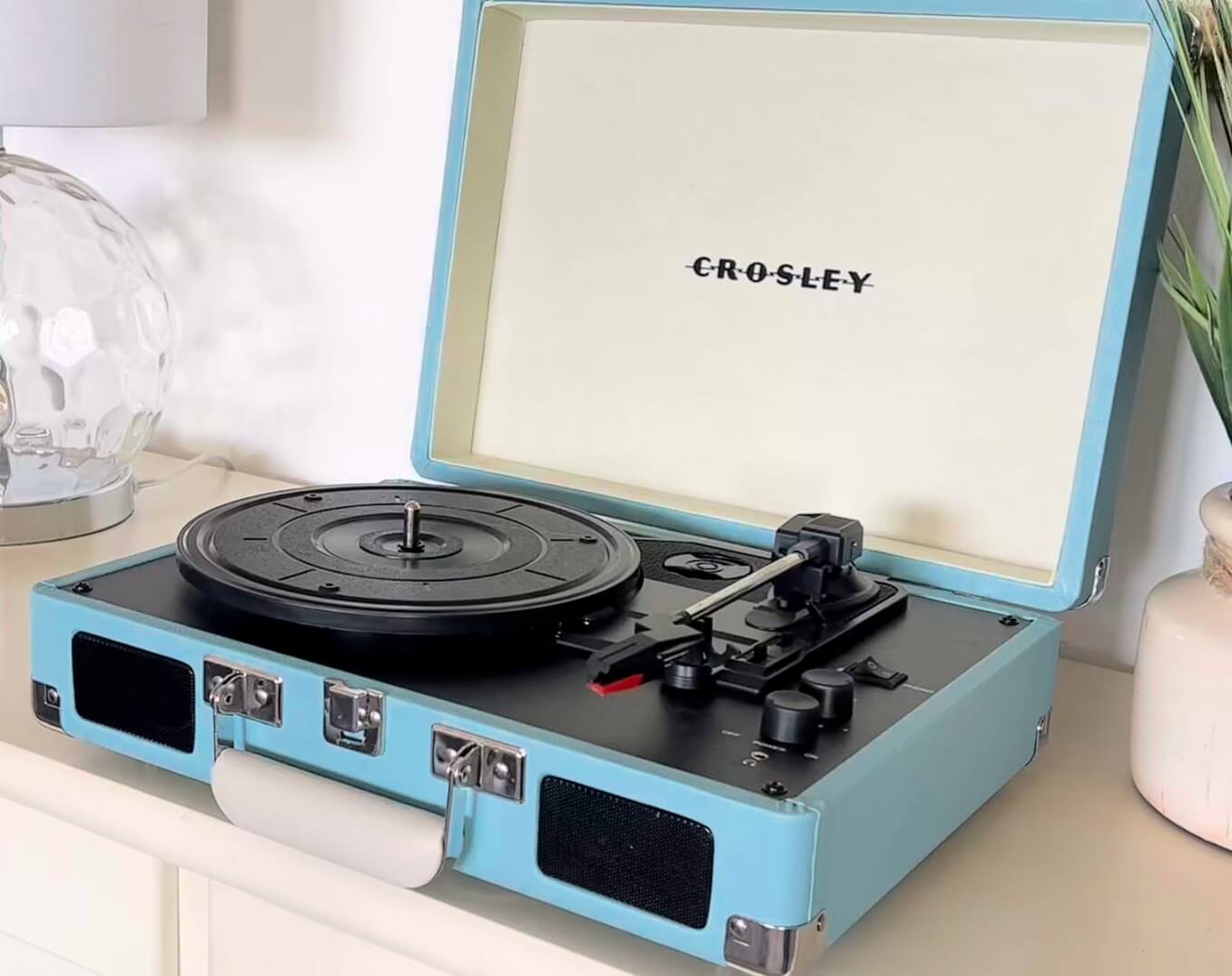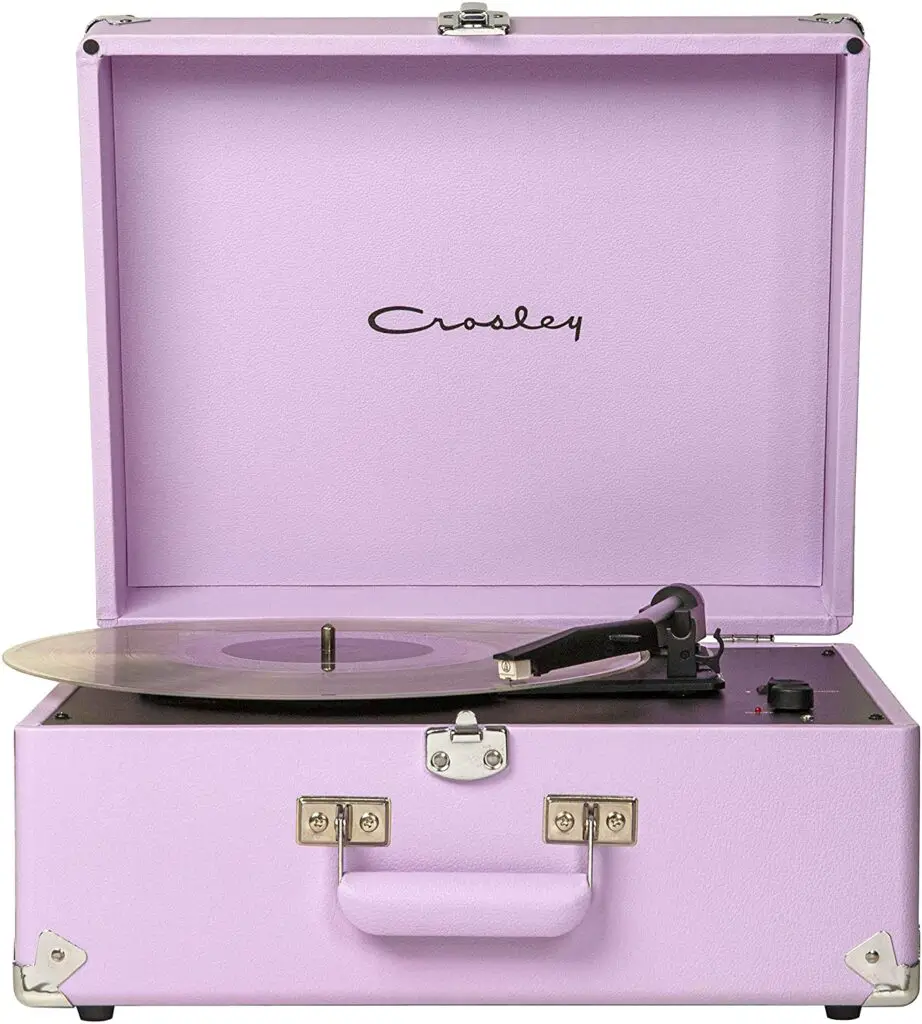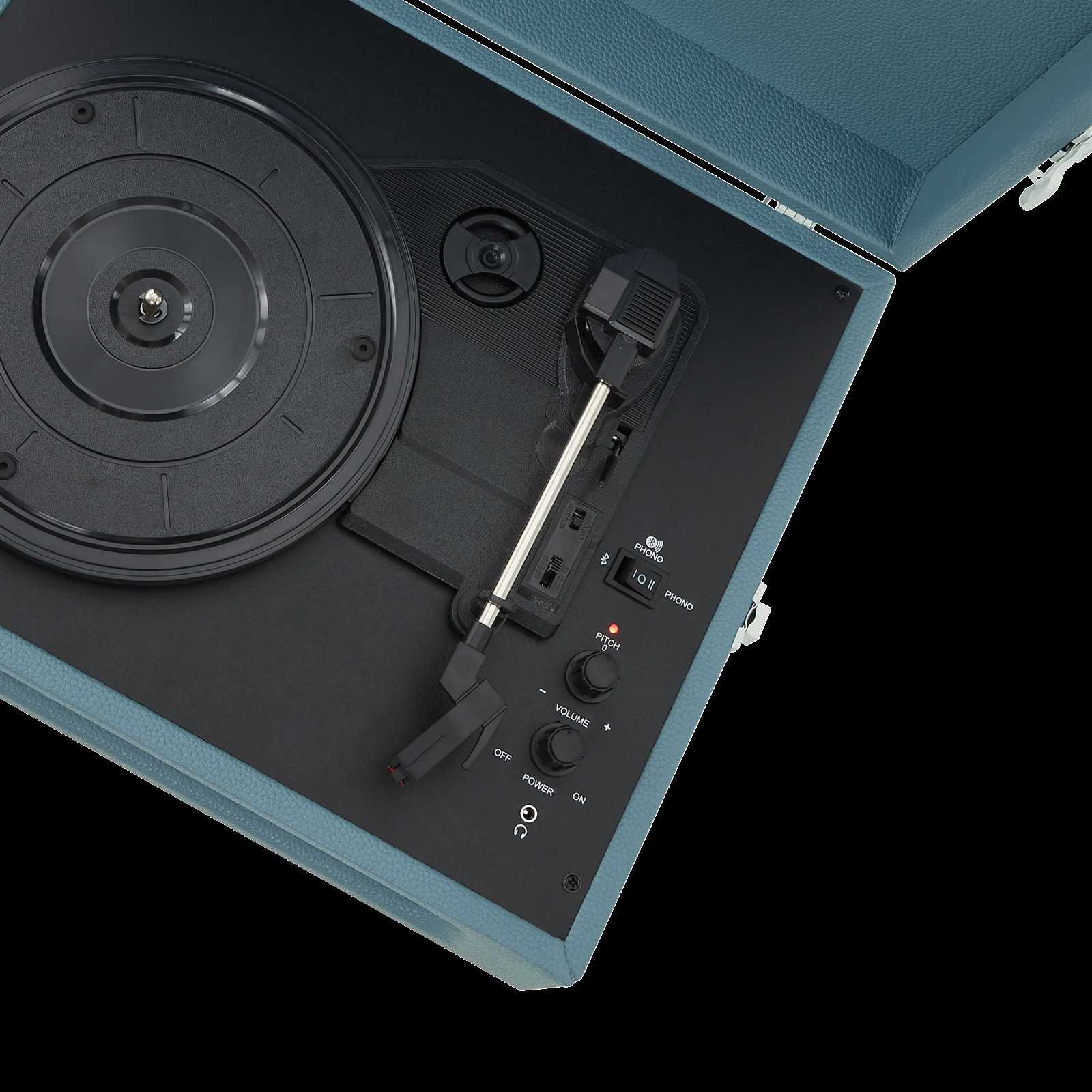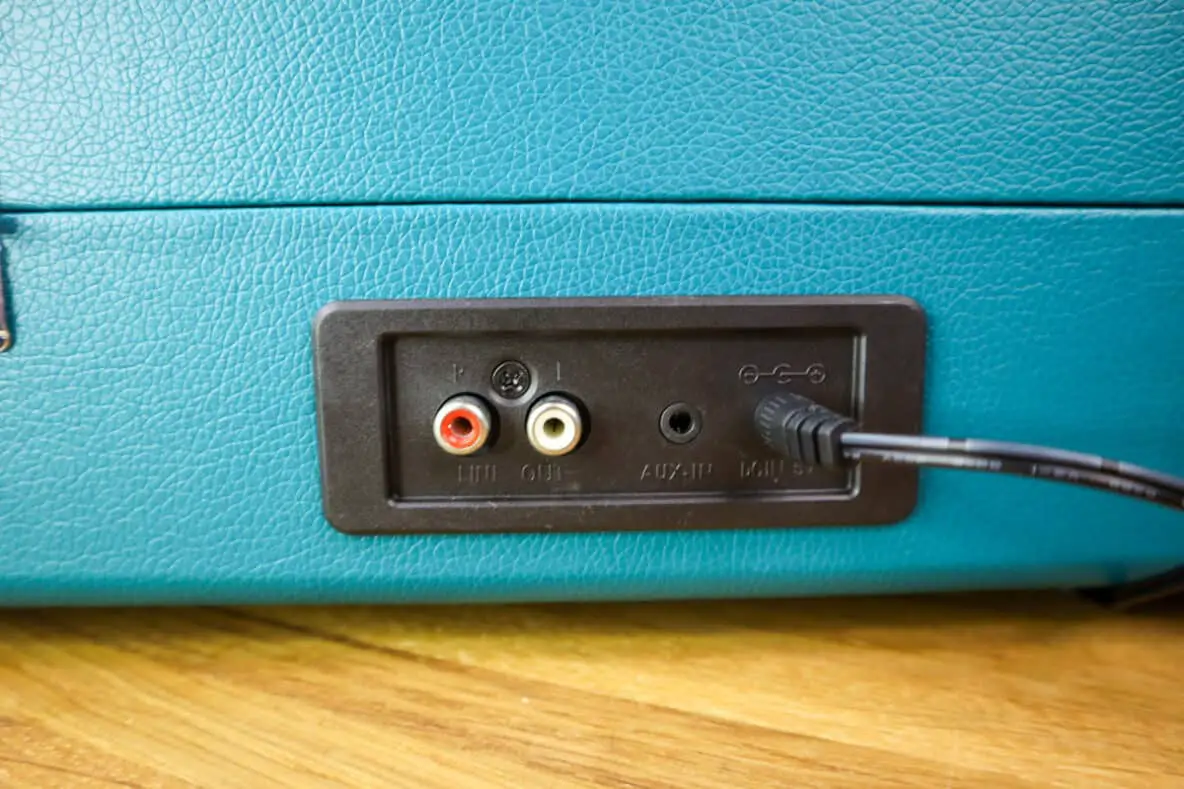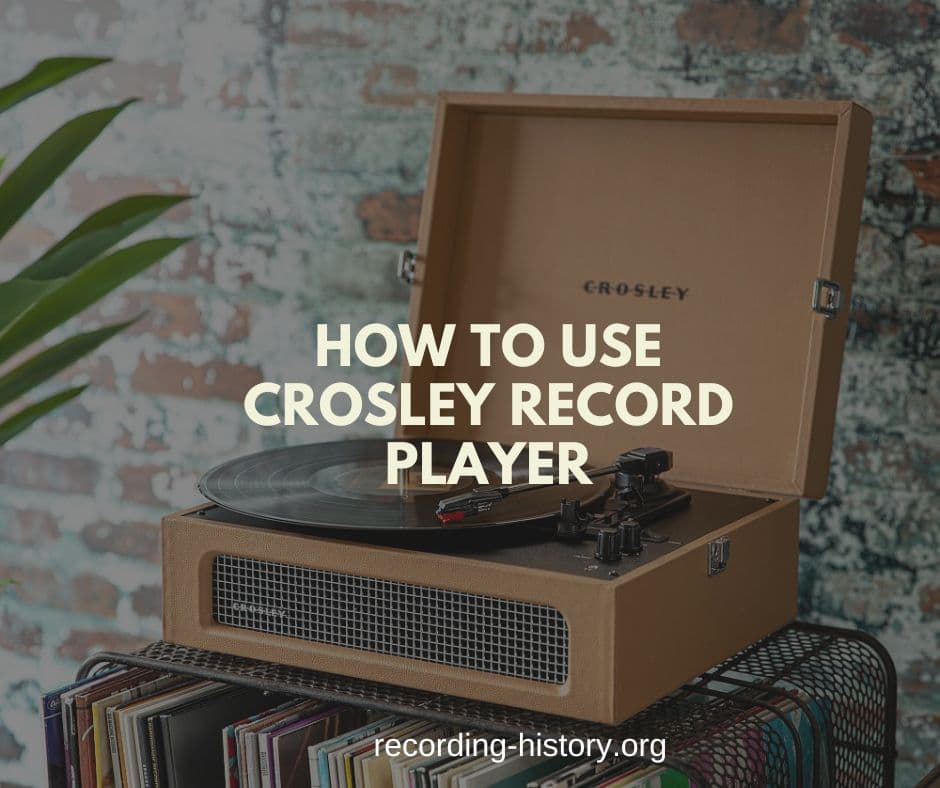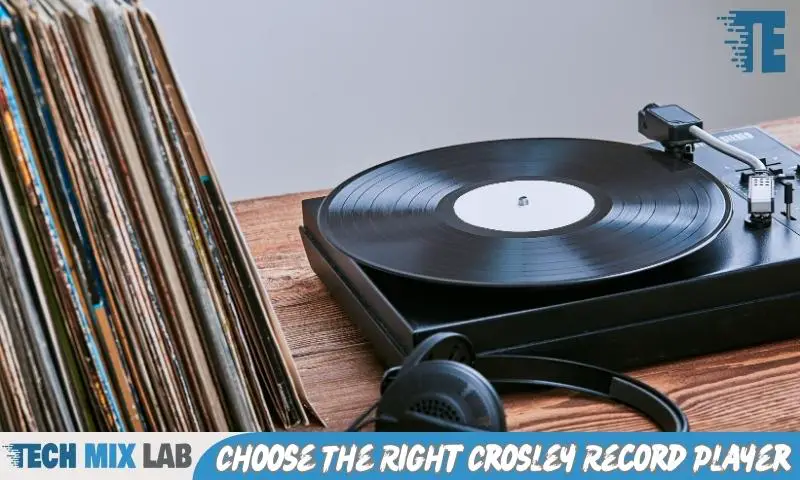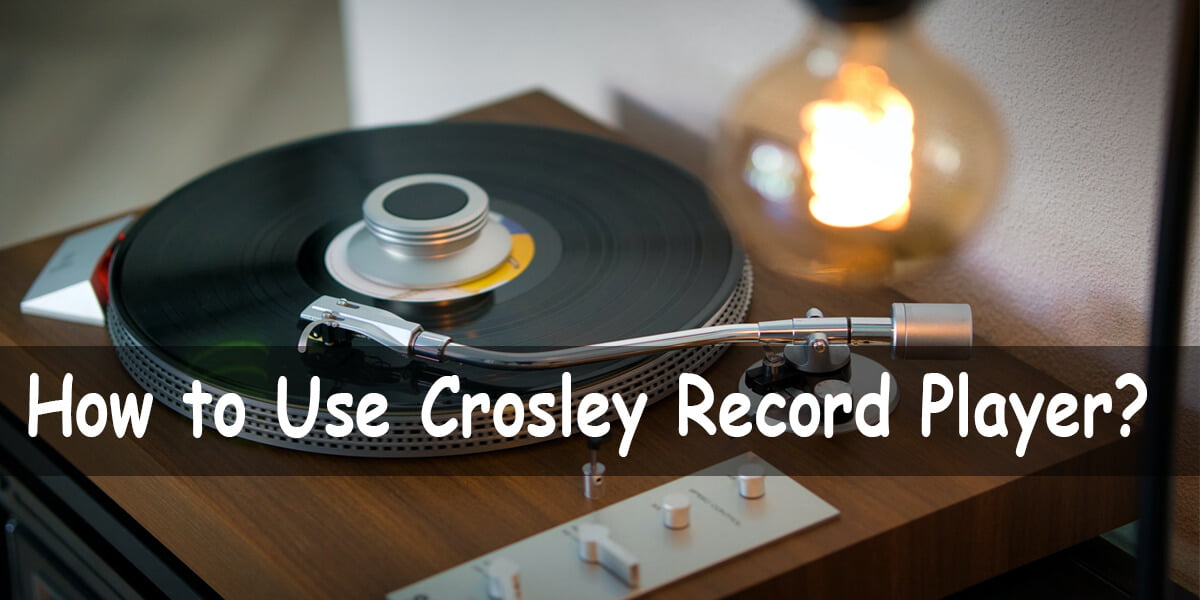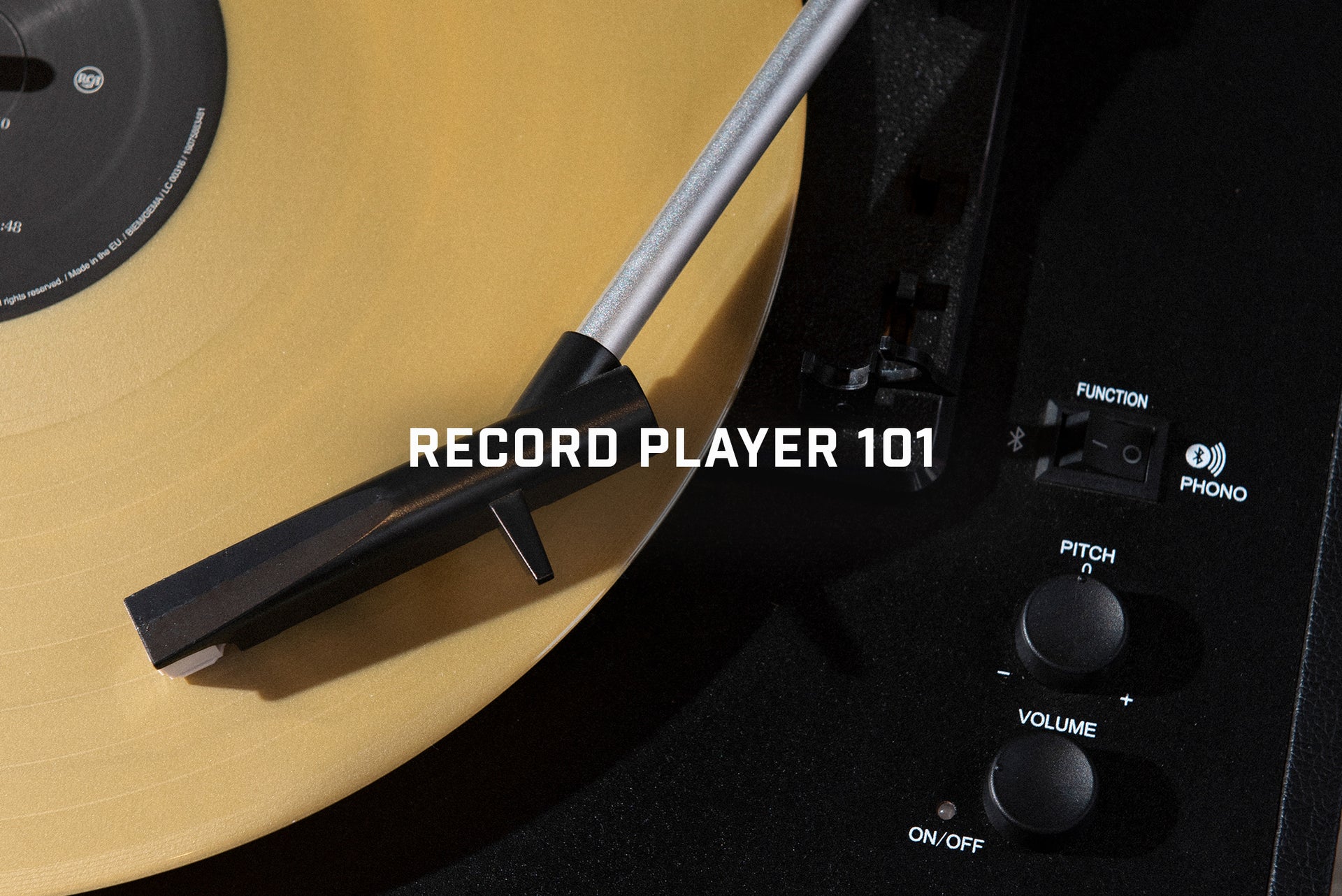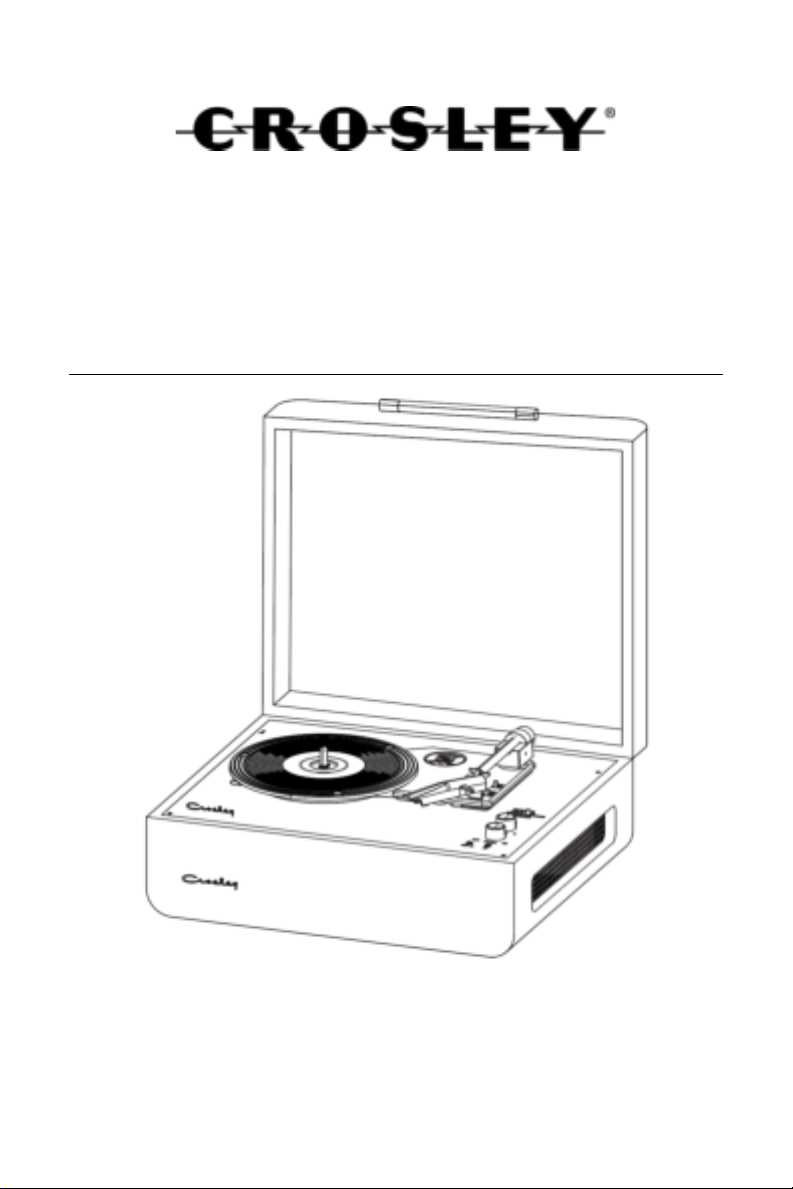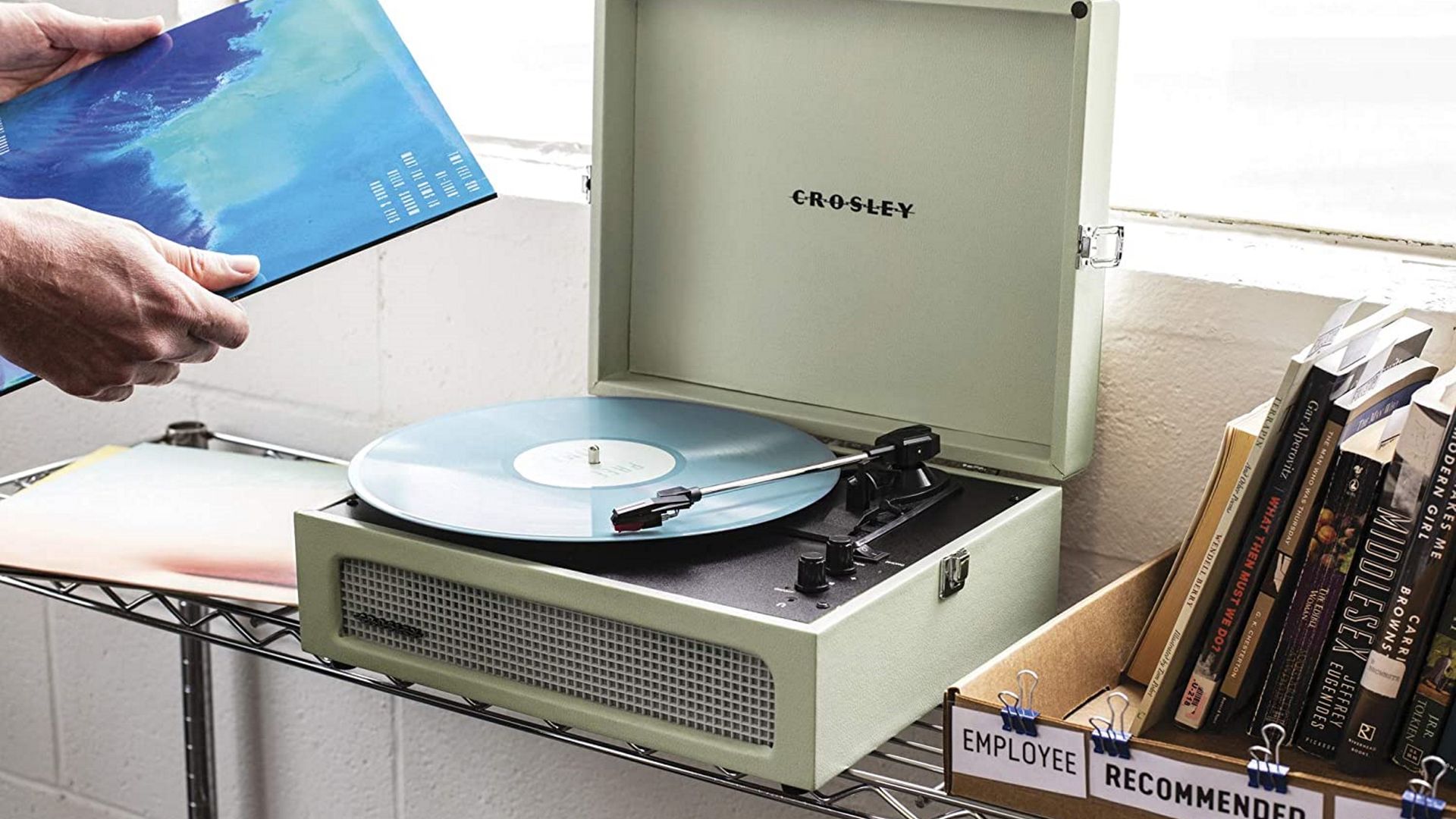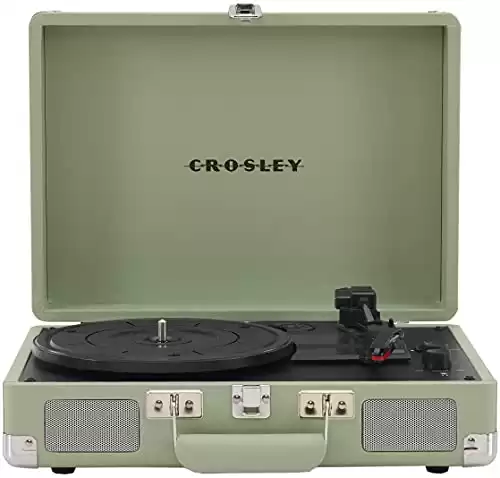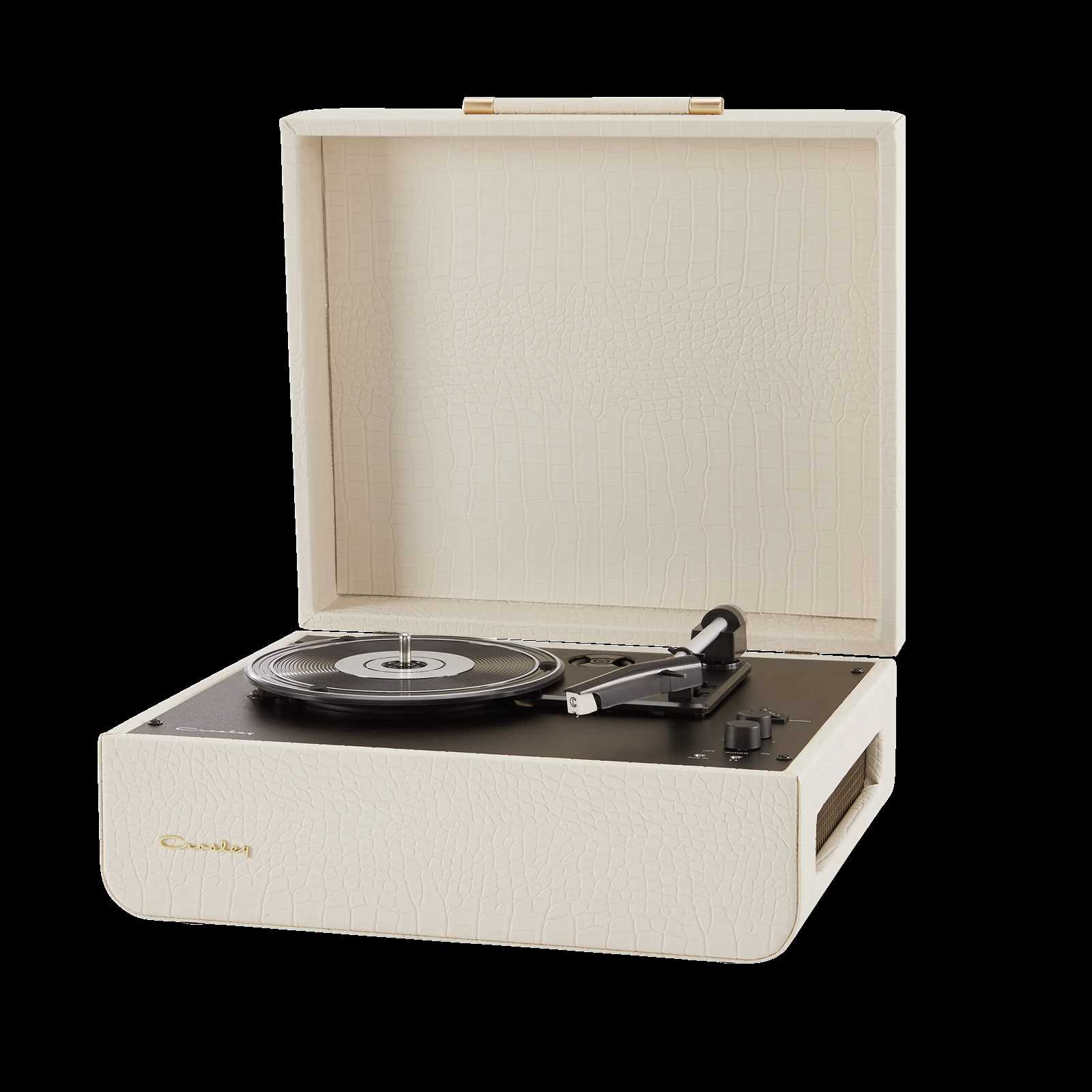How Does A Crosley Record Player Work
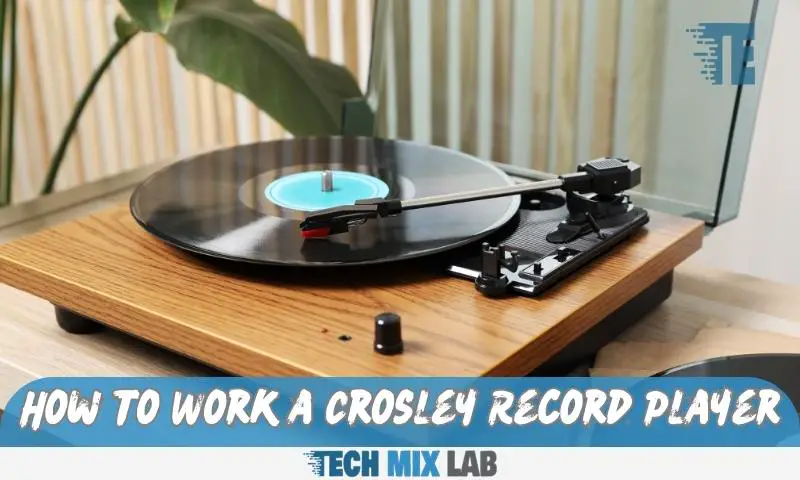
Crosley record players, known for their vintage aesthetic and affordability, are popular but often misunderstood. Many question how these compact devices actually transform vinyl grooves into audible music.
This article dissects the mechanics of a Crosley record player, explaining the key components and processes involved in playing a record. Understanding these details is crucial for consumers, especially given concerns about potential damage to vinyl records.
The Anatomy of a Crosley Record Player
Crosley record players, like all turntables, rely on a few core components. These include the platter, the tonearm, the cartridge (with stylus), and the amplifier with speakers.
The Platter: The Foundation
The platter is the rotating disc that supports the vinyl record. Crosley platters are typically made of plastic, although some higher-end models may use metal.
A motor drives the platter at a consistent speed, usually 33 ⅓ RPM (revolutions per minute) for LPs and 45 RPM for singles.
The Tonearm and Cartridge: Reading the Grooves
The tonearm holds the cartridge, a crucial component containing the stylus (needle). The stylus is the part that physically interacts with the record.
As the record spins, the stylus vibrates within the grooves, tracing their microscopic undulations. These vibrations are then converted into electrical signals.
The Stylus: A Delicate Process
The stylus is a small, precisely shaped diamond or sapphire tip. Its shape and condition significantly impact sound quality and the vinyl's lifespan.
Crosley record players often come with a ceramic cartridge and stylus, which are known for being inexpensive but less accurate and potentially more abrasive than magnetic cartridges.
Amplification and Speakers: From Signal to Sound
The electrical signals generated by the cartridge are extremely weak. Therefore, they require amplification before they can drive the speakers.
Crosley record players feature a built-in amplifier and speakers. This eliminates the need for external audio equipment, making them user-friendly for beginners.
The Playback Process: A Step-by-Step Breakdown
Playing a record on a Crosley involves a straightforward sequence of steps. These steps are: Placing the record, starting the platter, positioning the tonearm, and adjusting the volume.
First, the record is placed on the platter, ensuring it is centered on the spindle. Then, the platter is set in motion via a switch or button.
The tonearm is then lifted (either manually or automatically on some models) and carefully positioned over the beginning of the record. Lowering the tonearm allows the stylus to contact the vinyl, initiating playback.
The stylus tracks the grooves, its vibrations are converted into electrical signals, amplified, and then output as sound through the speakers. The volume can be adjusted using a knob or button.
Concerns and Considerations
Concerns exist regarding the potential for Crosley record players to damage vinyl. The ceramic cartridges and potentially high tracking force of the stylus can cause wear and tear on records over time.
Many audiophiles suggest upgrading the stylus or cartridge for improved sound quality and reduced risk of damage. According to Vinyl Me, Please, investing in a better quality cartridge can significantly extend the life of your vinyl collection.
Ongoing Developments
Crosley continues to release new models with varying features and improvements. Consumers are advised to research specifications and read reviews before purchasing.
Upgrading your Crosley's components, especially the stylus, can enhance both the listening experience and the longevity of your vinyl collection. Always consult the manufacturer's instructions for proper maintenance and usage.

